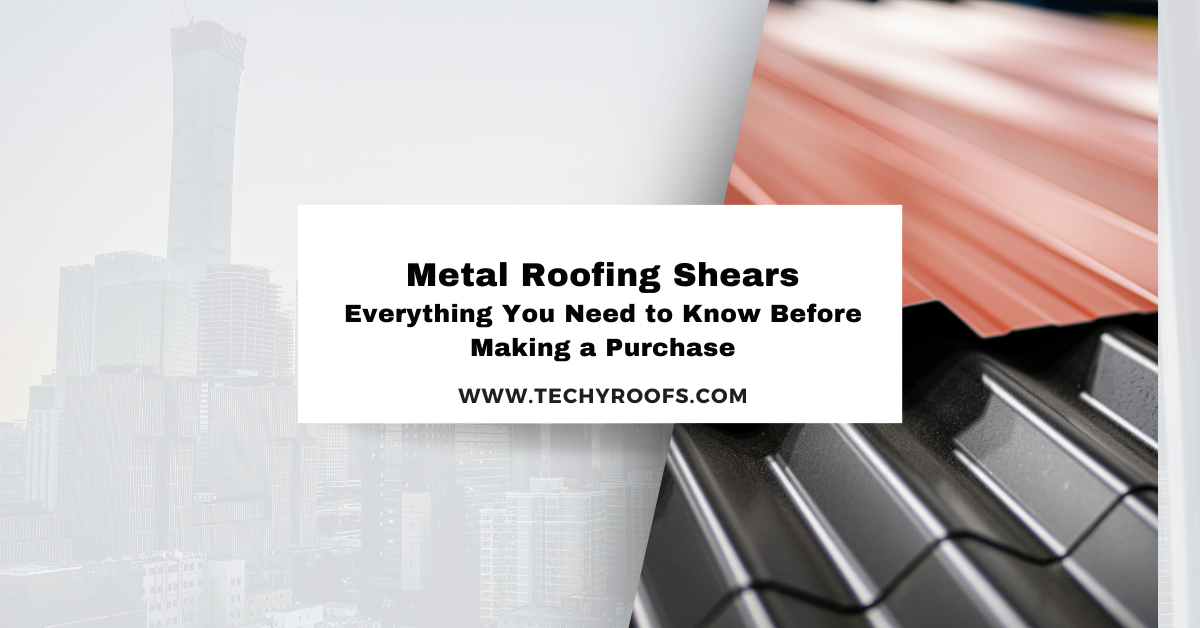If you’ve seen a super white roof, it’s probably TPO roofing. Lots of businesses use it because
it’s great for saving energy.
This article explains all about TPO roofing, like:
What’s TPO Roofing anyway?
What choices do you have for insulation with TPO roofing?
How much does a TPO roofing cost, and what makes it more or less expensive?
Why is TPO roofing better than other roofs?
How to fix TPO roofs with a small problems
How to fix TPO roofs with a bigger problems
Table of Contents
ToggleWhat’s TPO Roofing Anyway?
TPO roofing is like a superhero for flat roofs in big buildings. It’s made of one strong layer of
synthetic stuff and a reinforcing scrim. Imagine it as a tough blanket for the roof.
They make TPO in big sheets, like 10, 12, or 20 feet wide. After making these sheets, they roll
them up and take them to the big buildings to put on the roof.
What makes TPO cool is that it reflects the sun’s rays, like a mirror. This helps keep the
building cooler. The National Roofing Contractors Association (NRCA) says TPO is used in
about 40% of big buildings’ roofs. So, in simple terms, TPO roofing is a strong and sunreflecting cover for flat roofs in big places.
What Choices Do You Have For Insulation With TPO Roofing?
When it comes to insulating TPO roofing, facility managers or owners have a few choices:
- Polyisocyanurate (Polyiso): This is the most common and a bit pricier, but it pays off with a higher R-value rating, making it effective in temperature control.
- Expanded Polystyrene (EPS): Known for its cost-effectiveness and high R-value per dollar, EPS is versatile, suitable for roof, wall, and floor insulation, and doesn’t retain water over time.
- Extruded Polystyrene (XPS): Recognizable by its blue, green, or pink colors, XPS falls between Polyiso and EPS in terms of cost and performance. It is semipermeable with a perm rating of 1, allowing some air to pass through.
After selecting the insulation type, the TPO membrane is attached to a cover board either
with a bonding adhesive or through mechanical fastening. The final touch involves using a hot-air gun to weld the seams together as the TPO membrane is rolled out. Choosing the right insulation is crucial for ensuring the effectiveness of your TPO roofing.
How Much Does a TPO Roofing Cost, And What Makes It More Or Less Expensive?
When thinking about the cost of TPO roofing, several factors come into play, influencing the
overall price:
Roof Size: The bigger your roof, the more it might cost.
Existing Roof Condition: If your current roof is in bad shape, it might need more work,
affecting the cost.
Roof Accessibility: If it’s easy to get to your roof, the cost might be lower.
Insulation Choice: The type of insulation you pick can impact the price.
Membrane Choice: Different types of membranes for TPO roofing can have varying costs.
Installation Method: How the TPO roofing gets put in place can affect the final bill.
Roof Penetrations: Anything sticking out of your roof, like vents or chimneys, can add to
the cost.
Type of Warranty: The kind of warranty you want can also be a factor
So, when it comes to TPO roofing costs, it’s like putting together a puzzle with lots of different
pieces
Why Is TPO roofing Better Than Other Roofs?
TPO roofing stands out for several compelling reasons, making it a practical choice for various
roofing needs:
Cost-Effectiveness: TPO comes with a wallet-friendly price tag, especially when
compared to PVC. It offers similar energy efficiency but at a fraction of the cost.
Strength and Durability: TPO is a robust roofing option, capable of resisting tears, and
punctures, and preventing dirt and mold buildup. Its flexibility in dealing with the
expansion and contraction of a building sets it apart. The hot-air welded seams make TPO
three times stronger than traditional rubber roofs with tape systems and about six times
stronger than those with glued seams, providing added durability.
Energy Efficiency: With UV-resistant properties, TPO helps reduce cooling costs in warm
climates. It not only meets but exceeds EPA Energy Star requirements, contributing to
lower energy bills during the summer while keeping the environment cool.
Installation Ease: TPO is lighter than EPDM, making it easier to handle and manoeuvre
during installation. Its streamlined installation process translates to less labor time,
resulting in significantly lower labor costs compared to other roofing options.
Adaptability to Various Styles: TPO comes in a range of colors, including black, white, and
grey. Its strong UV resistance ensures that all colors deliver energy savings. This variety in
color choices adds a friendly touch to building or home design, providing architects the
flexibility to blend aesthetics with energy efficiency
In essence, TPO roofing combines cost-effectiveness, strength, energy efficiency, easy
installation, and adaptability, making it a versatile and practical option for diverse roofing
requirements
Conclusion:
To sum it up, after going through the guide on TPO roofing, it’s clear that it’s a great choice for
commercial buildings. It’s not too expensive, but it does a good job saving energy. TPO is
strong and lasts long, especially at the seams where it’s even stronger than regular rubber
roofs. It helps cool down buildings in hot weather, making it friendly for both your pocket and
the environment.
Installing TPO is easier and takes less time, which means it costs less for labor. Plus, it comes
in different colors, so you can pick the one that fits your building’s style. In a nutshell,
learning about TPO roofing means understanding its benefits – saving money, being durable,
energy-efficient, easy to install, and adaptable to different building styles. It’s not just a
practical choice; it’s a simple and effective way to improve and safeguard commercial
properties.












